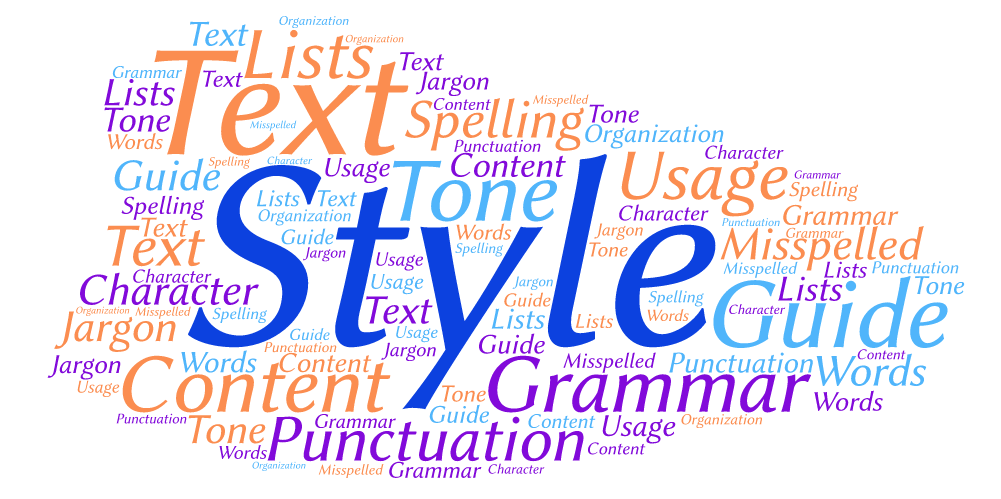
Are you writing for your audience? Image credit: Pexels
You are probably thinking that title is so obvious. “Of course, our content should help our readers.” Yes, but does it? Are you writing what your organization wants your audiences to know or what your audiences want to know? Do you know the difference?
Those can be tricky questions and vital to ask if you want your website to meet the goals you have set for it. When developing website content for your organization or company, your goal is not to describe your organization’s accomplishments. Your goal is to tell your audiences what your organization can do for them and how it does that.
Beginning the Content Development Process
Start by getting to know your audiences. If you don’t already know the categories of people who come to your website, make a list. A nonprofit, for example, might include donors, clients, and volunteers. For a business, the intended audiences are likely to be customers and potential customers. A healthcare organization is likely to target patients, their families, researchers, and healthcare professionals.
Next, find out what their needs are using these steps:
- Ask when you talk to them face to face, on the phone, or in meetings.
- Depending on the size of your organization, ask your staff to talk to their contacts. Media department staff can talk to the press about what they would like to see and use on the site. Salespeople can reach out to their best customers.
- Ask a group of people to take a look at your site to see if they can find what they would want/need from you. What’s there? How does what is there work for them? What is missing?
- Use focus groups.
- Survey your audiences.
Then, create personas for the people who come to your website. Include their relationship to your organization/company, why they come to your website, the ways in which you can help them, what you hope they will do on your website, etc. Then write your content talking directly to those people.
Before you start writing, browse websites that you use/need. Can you find what you are looking for? Is it explained in ways that are useful for you? How is the content written? Is it written for you or does it seem to be more focused on telling you what the organization does?
When you are ready to start writing, make sure that the people doing the writing are able to write the content from the perspective of your audience. Freelance writers can be a good choice for this work because they are outsiders to your organization and specialize in writing from the audience point of view. It’s part of the job description.
Organizational Perspective Versus Audience Perspective
What This Hospital Wants Its Patients to Know
Our doctors have studied at the best medical schools and trained at the most demanding and best-ranked hospitals in the country. With years of experience in their fields, they provide exceptional health care.
Versus
What Patients Want to Know
When you come to us for care, you can count on medical experience and expertise that ensures you get the best treatment. In our cardiac care department, for example, our physicians have more than 100 years of combined experience. They consult with each other about their patients for a more comprehensive understanding of the patient’s diagnosis and treatment needs.
What This Nonprofit Wants Its Audiences to Know
Our coordinators work directly with families to find out what kind of services they need. Once they understand the family’s need, the coordinators connect them to our network for therapy and counseling services, social services, food banks, academic assistance, including school choice, and a range of additional supports.
Versus
What Its Audiences Want to Know
We empower the families we serve to find a path to independence and success through a range of services and support that enable them to strengthen their families, get immediate help like free groceries and medical care, find jobs or training, and place their children in good schools.
In fact, over the past 10 years, we have found jobs for 75 of our parents, helped 40 find training programs that will lead to good-paying jobs. We have placed 85 percent of our clients’ children in highly ranked public schools and another 5 percent in private schools.
For more information about content strategy, email Sherri Alms.


